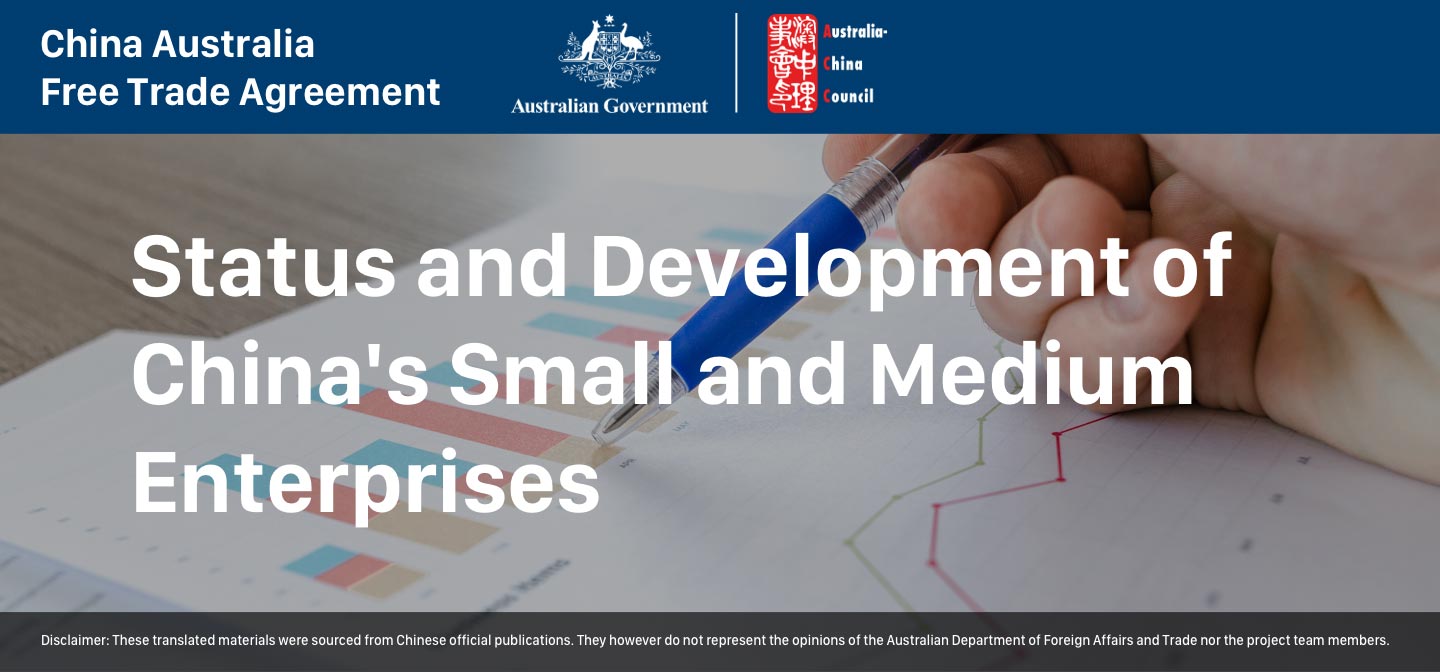
Development Status, Status and Role of Chinese SMEs
According to the SME Standards formulated by the State Planning Commission, the Ministry of Finance, and the National Bureau of Statistics, small and medium-sized enterprises must meet the following conditions: the number of employees is less than 2,000, or the sales is less than 300 million RMB, or the total assets are less than 400 million RMB. Medium-sized enterprises must meet the number of employees 300 and above, sales of 30 million RMB and above, total assets of 40 million RMB and above. According to the data of the "Second National Basic Unit Census Data Bulletin", at the end of 2001, 2.485 million small enterprises with less than 50 employees accounted for 82.1% of all corporate legal entities, 461,000 more than in 1996, an increase of 22.8%; 19,000 large enterprises with 1,000 employees or more, accounting for 0.6%, a decrease of 22,000, or 10.5%, compared with 1996.
By the end of 2008, there were more than 42 million SMEs in China, accounting for more than 99.4% of the total number of enterprises. There were more than 38 million individual industrial and commercial households, and more than 4.3 million SMEs registered in the industrial and commercial sector. According to statistical data, China’s national economy grew at an average annual rate of 9.5% during the “Tenth Five-Year Plan” period, while the added value of industrial SMEs above the designated size increased by 28% annually. The output value and service value created by SMEs already account for about 60% of the gross national product, and the taxes paid by SMEs account for about 50% of China's total tax revenue. 65% of invention patents and more than 80% of new product development were completed by SMEs.
In 2001, the total industrial output value of Shanghai SMEs accounted for 48.61% of the total industrial output value. In 2002, about 45% of Zhejiang's GDP came from the local private sector, and the main body of the individual private economy is small and medium-sized enterprises. SMEs have played an important supporting role in the overall economic development. According to the National Bureau of Statistics, the value added of China ’s non-state-owned economy as a percentage of GDP increased from 53.57% in 1998 to 69.37% in 2007.
From the perspective of the introduction of foreign capital, most of China's foreign-invested enterprises and Sino-foreign joint ventures are Chinese SMEs. In the grape export market, Peru and Chile, as traditional exporting countries, are China's strong competitors. Chile's market share in Hong Kong is 26.6%, whereas China only has 0.6% of the local market share. In the pear export market, South Africa and Argentina compete with China. Taking the Russian market as an example, China accounts for 8.1% and Argentina accounts for 24.1%.
In terms of apple juice exports, although China's share of the world's apple juice trade is high, it still needs to deal with challenges such as changes in international consumption habits and domestic market order. The export prices of China's major fruit export varieties are on the rise. From 2001 to 2015, Apple prices rose from US$0.33 to US$1.24 per kilogram, an average annual increase of 9.9%. Citrus rose from US$0.24 to US$1.37, an average annual increase of 13.4%; pears rose from US$0.22 to US$1.19, an average annual increase of 12.6%.